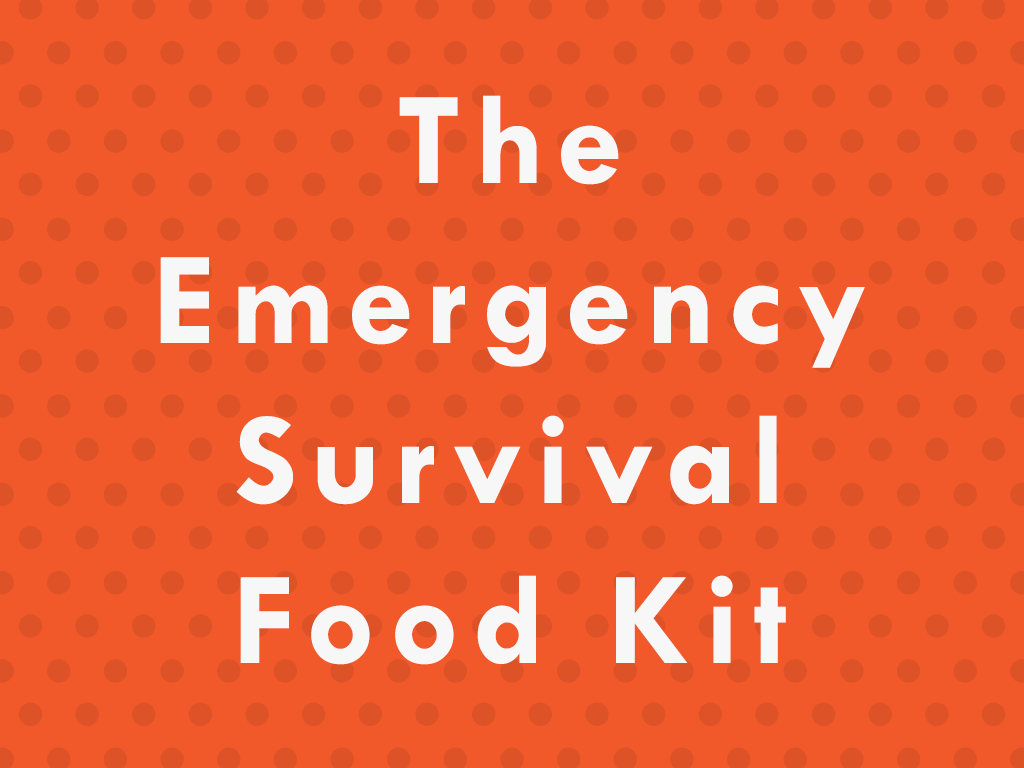Did you know that the first 72 hours of any type of disaster is crucial? Natural disasters, such as earthquake and typhoon may strike unexpectedly anytime, leaving you devastated and unguarded. Surviving any kind of disaster is absolutely difficult, especially if you are not equipped with the proper knowledge on how to recover from a disaster and things that you should prepare.
Luckily enough, there are various useful guides and survival tips on how to cope up and survive after a disaster. One of the important things that you should prepare for is building your own emergency survival food kit. Do you have any idea what’s inside this kit? Read on and let us know what are the essential things that make up an effective emergency survival food kit.
Water
Did you know that people can survive for five days without food as long as he or she has water to consume? Keep clean water in a sterile and airtight water container. The water that you will be keeping is good for drinking, washing, and even cooking. The ideal amount of water must be one gallon per person per day. On the other hand, three liters of water should be kept for washing per person per day.
Food
Enough supply of food can make you go for at least three days after the disaster happened. You can pack high-energy food, such as crackers, jelly, and peanut butter.
Instant cereal, biscuits, cup noodles, and canned fish or meat are also ideal food to include in your survival food kit. Include special foods in your food kit in case you have infants or elderly persons at home to complement their specific diet. Remember to only store non-perishable food. You might also want to include disposable plates and utensils.
Food and water are the most essential things that should be in your emergency kit. Apart from these essentials, emergency tools, hygiene kit, and first-aid kit should also be kept to keep you equipped during calamities. Here is a simple breakdown of the other things that you should prepare.
- First-aid Kit – Having a first-aid kit at home is a must for everyone. This should also be handy at all times. Your first-aid kit should include adhesive strips, bandages, swabs antiseptic, safety pins, resealable plastic bags, gloves, and a first aid reference guide.
- Emergency Tools – Emergency tools can help you go a long way after experiencing a disaster. This kit should include emergency numbers of police station, fire station, and hospital, multi-purpose knife, candles and matches, flashlight with batteries, sleeping bag, and whistle.
- Hygiene Kit – Your hygiene kit should have extra clothing, which includes shirts, shorts, pants, jackets, and undergarments, toothpaste, toothbrush, shampoo, soap, alcohol, and wet wipes.
It is important to build an emergency survival food kit before any disaster strikes. Make sure to check your survival food kit every six months to ensure that all of its contents are still good and not expired. The water should be replaced to retain its freshness and effectiveness. After all, the contents of your emergency kit should make you survive for the first seventy-two hours after you evacuate from a disaster.

